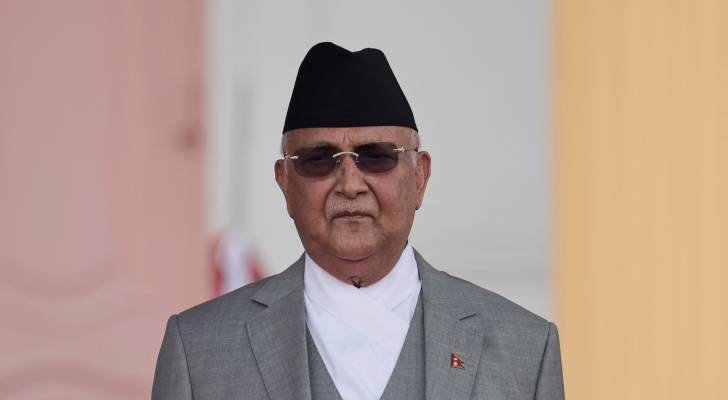Nepalese Prime Minister KP Sharma Oli (Credit: Reuters)
Nepal’s Prime Minister resigns amid deadly protests over social media ban
Nepalese Prime Minister KP Sharma Oli resigned on Tuesday following one of the deadliest crackdowns on protesters in recent memory, which left at least 19 people dead.
"I have resigned from the post of prime minister with effect from today... in order to take further steps towards a political solution and resolution of the problems," Oli said in a letter to the president.
The resignation came as young protesters defied a curfew to express their anger at the government, a day after violent clashes erupted in Kathmandu and other cities. Demonstrations initially began on Monday, demanding the lifting of a government-imposed social media ban and stronger action against corruption. Despite the temporary restoration of blocked apps, the protests continued.
Kathmandu police spokesman Shekhar Khanal reported that multiple groups ignored the curfew, with incidents of property damage and attacks on government offices observed in several areas.
Oli, 73, has called for an investigation into the violence and pledged to lead all-party talks aimed at ending the unrest. On Monday, the interior minister resigned, while two additional cabinet members stepped down on Tuesday, according to Nepali media reports.
Read more: Nepal government shuts down 26 major social media platforms
"The social media platforms have been opened, which was among the Gen Z's demands," Minister for Communication Prithvi Subba Gurung told Agence France-Presse (AFP), referring to young people largely in their 20s. "We are open to talk with the protesters."
The social media restrictions fueled widespread frustration among Nepal’s youth, who make up nearly 43 percent of the country’s population. High unemployment, around 10 percent, and a low GDP per capita of USD 1,447 have compounded public discontent, according to World Bank and government data.
"Nearly 20 people were murdered by the state, that shows the scale of police brutality," said 23-year-old student Yujan Rajbhandari, who participated in the demonstrations. "The government ... have to take responsibility for the lives that were lost."
Authorities blocked platforms including Facebook, YouTube, and X on Friday, citing the presence of 26 unregistered applications. Amnesty International reported that live ammunition was used during Monday’s protests, and the United Nations called for a transparent and swift investigation.
Violence escalated on Monday when police clashed with crowds attempting to enter a restricted zone near parliament. Seventeen people were killed in Kathmandu, while two more died in the eastern Sunsari district. Around 400 people were injured, including over 100 police officers.
Social media played a central role in mobilizing protesters. Since Friday, videos contrasting the struggles of ordinary Nepalis with the privileged lifestyles of politicians’ children have gone viral on TikTok, which remained accessible. Instagram and other platforms are widely used in Nepal for news, entertainment, business, and communication.
"This isn’t just about social media , it’s about trust, corruption, and a generation that refuses to stay silent," the Kathmandu Post wrote. "Gen Z grew up with smartphones, global trends, and promises of a federal, prosperous Nepal. For them, digital freedom is personal freedom. Cutting off access feels like silencing an entire generation."
Nepal has previously restricted access to apps such as Telegram over online fraud concerns and temporarily banned TikTok last year, lifting the restriction after the platform agreed to comply with local regulations.




